In search of a baking soda substitute for your cooking or baking needs? Here are the best baking soda replacements that will work in the kitchen.
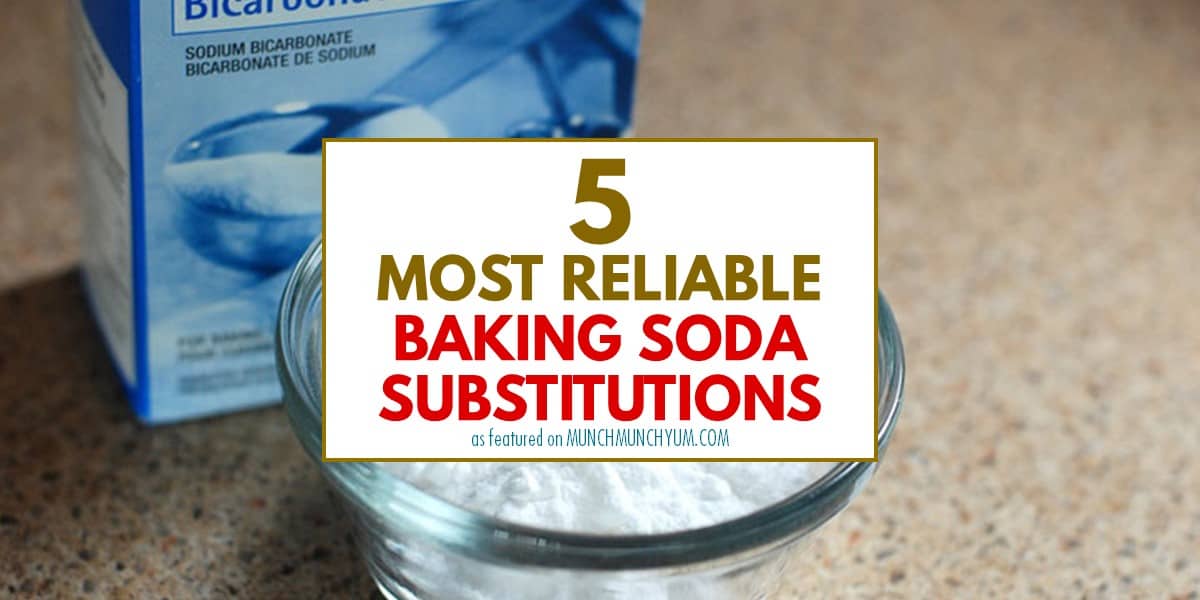
Disclosure: Opinions expressed are our own. If you buy something through any of our affiliate links on this page, we may earn a commission at no extra cost to you. Thanks for supporting our site!
What is baking soda?
Baking soda is a type of mineral (aka rock) in super crushed up powder form. It creates bubbles of carbon dioxide when combined with something acidic.
It’s incredibly cheap, super easy to find, and non-toxic, so people have found many great uses for it all around the house.
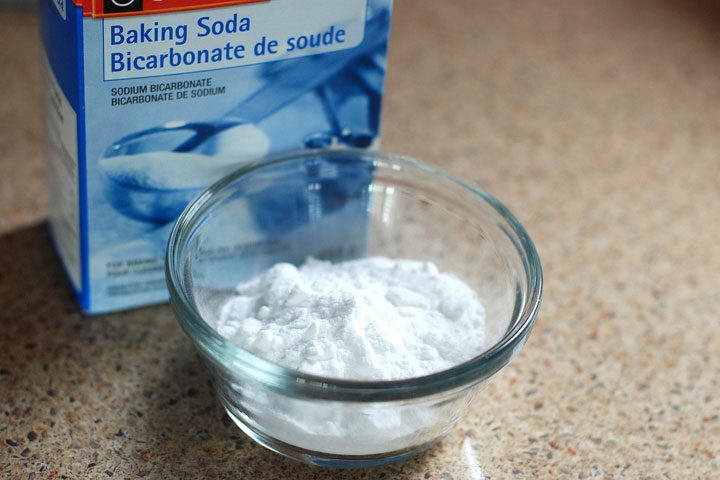
What does baking soda do?
If you’re wondering what is baking soda used for, you can tap into its bubble-forming powers to make doughs and batters rise. When making baked goods, baking soda also has the added effect of causing more browning too.
You can also use baking soda for cleaning purposes. Because it’s like microscopic pieces of rock, it’s an abrasive product. Not like in a you’re-so-offensive-to-be-around way, but more of a my-nitty-gritty-particles-can-help-dislodge-stuff kind of way.
It also works great as an odor neutralizer. In fact, one of the number one uses for baking soda is as a refrigerator deodorizer, which is why you often see a box of it hiding in the back of most fridges.
Many people go one step further and use it in their beauty routines, creating body scrubs or soaking mixes.
You can also pair up baking soda with its cleaning sidekick: vinegar. Together, they create a fizzy reaction that can be used to stop evils like the gunk that clogs up sinks or bathroom surface scum.
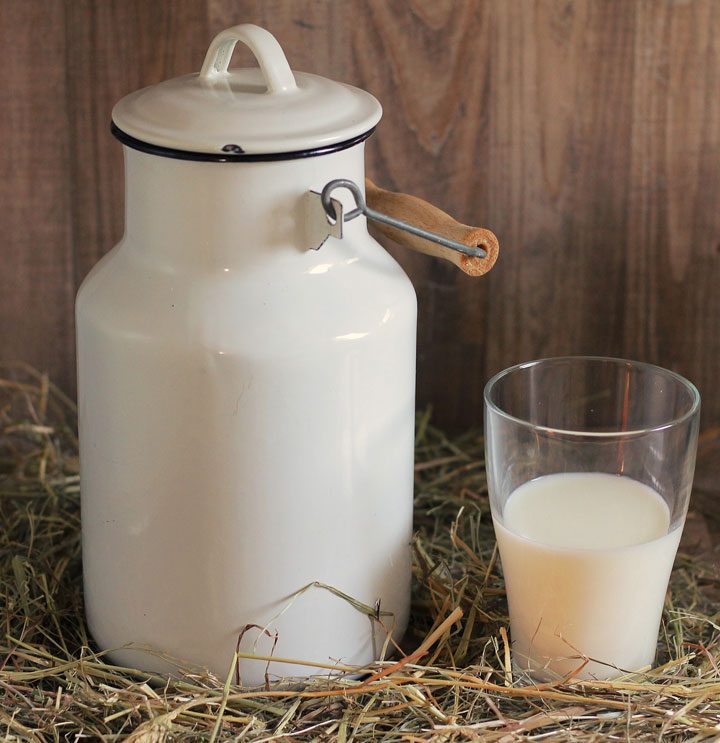
Difference between baking powder vs baking soda
Think of baking powder as the name of a boy band, and baking soda as just one of the members.
Baking powder is actually a combo of baking soda, a powdered acidic ingredient, and a stabilizing ingredient that helps keep everything dry.
Once you add liquid to the baking powder, it triggers an intense foaming action that is typically used as a leavening agent.
The acid is vital for getting the chemical reaction to ignite. If you added water to just plain old baking soda, you’d get...nothin’. After all, you’re essentially just adding water to a rock.
When deciding between which of the two to use, it helps to remember that baking powder has a tendency to make things rise up whereas baking soda likes to spread things outwards.
For example, you probably want your cream puff to aim high, but your cookies to form wide circles.
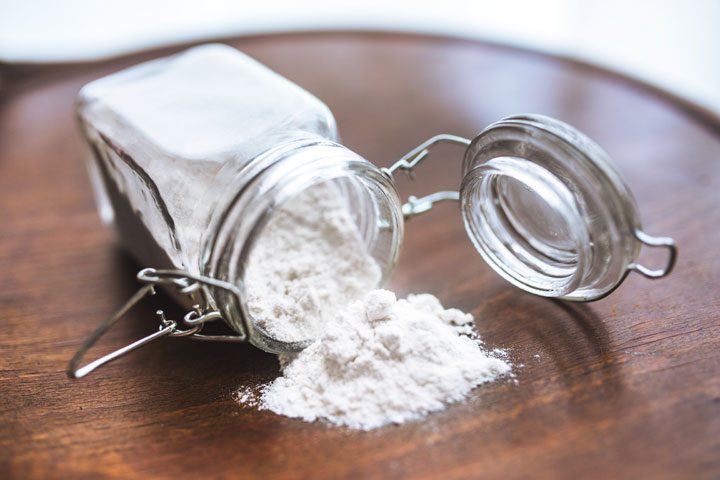
How to make baking soda
If you’re looking to make homemade baking soda, we’ll just tell you right off the bat that you can’t.
Depending on the extraction method you go with (there’s several to choose from), creating baking soda can involve mining, refining, sorting, filtering, dissolving, separating, curing, and a whole bunch of other manufacturing processes that are just too hard to replicate at home.
Seriously, it’s just easier to buy a box for $1 or $2.
Substitutes for baking soda
Before you proceed to our list of baking soda substitutes, fair warning: When it comes to baking, there is a lot of science happening, and the risk of using a substitute is that you’ll throw the chemistry off.
Using any of these substitutes will affect the outcome of your recipe in ways that just using plain ol’ baking soda wouldn’t have. That’s why in most cases, you’ll have to make other adjustments to try and minimize those effects.
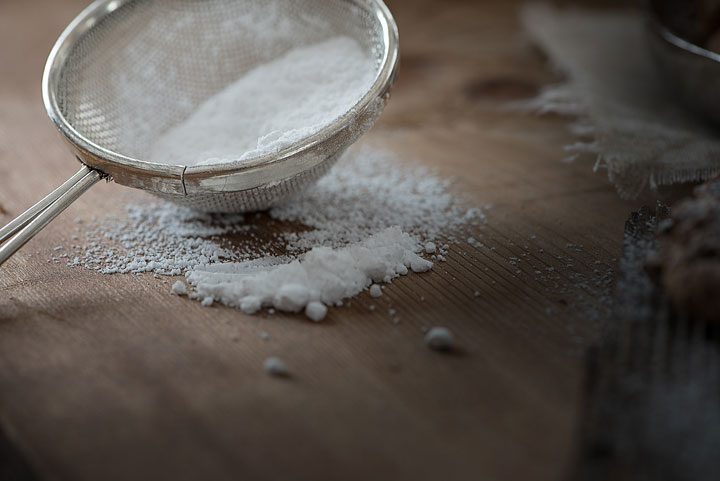
Baking powder
(3 to 1 ratio)
Since baking soda is one of the primary ingredients in baking powder, you can use this in a pinch. However, baking powder packs on more acidity and a saltier flavor.
Cut any salt you’re supposed to add by half, and omit, substitute, or reduce some of the acidic ingredients.
Also, the other ingredients in baking powder mellow out the strength of baking soda, meaning you’ll need to use more baking powder to get the same level of chemical reaction.
However much baking soda your recipe calls for, triple it if you are using baking powder.
Baking powder does have a metallic aftertaste to it, so if your recipe calls for a lot of baking soda and you have to use three times as much baking powder, you may be better off turning to a different substitute.
Baker’s ammonia
(1 to 1 ratio)
Back in the day, before baking soda and baking powder were a thing, baker’s ammonia was a mainstream leavening agent. The thing is, it kinda stank.
Fortunately, the smell was not noticeable in thin baked goods and it adds a lot of crispiness, so it became a go-to for thin crackers and crunchy cookies.
If you have a recipe like that, baker’s ammonia works well as a baking soda substitute. For anything else, don’t. Trust us, your nose and taste buds will thank you.
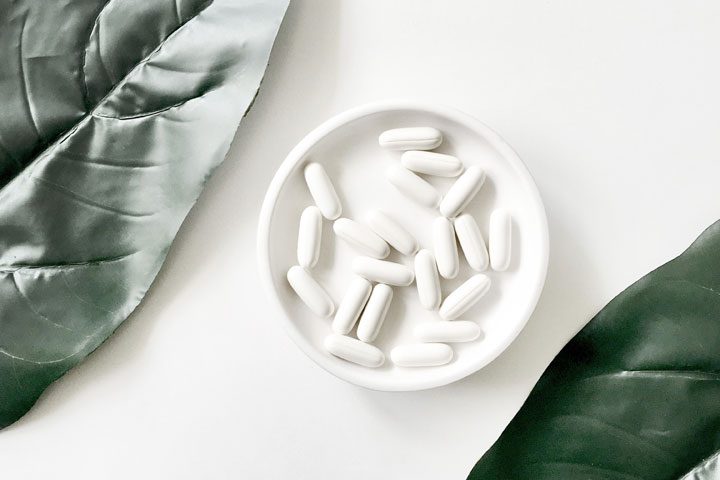
Potassium Bicarbonate
(1 to 1 ratio)
Believe it or not, one of the best substitutes for baking soda might actually be lurking in your medicine cabinet.
Potassium bicarbonate is a multi-purpose supplement that shares lots of properties with baking soda. It’s biggest difference is that it’s less salty, which might be a plus to some people.
If you’re aiming to preserve the same taste, though, add a little salt to your recipe but start small and slowly increase to suit your taste.
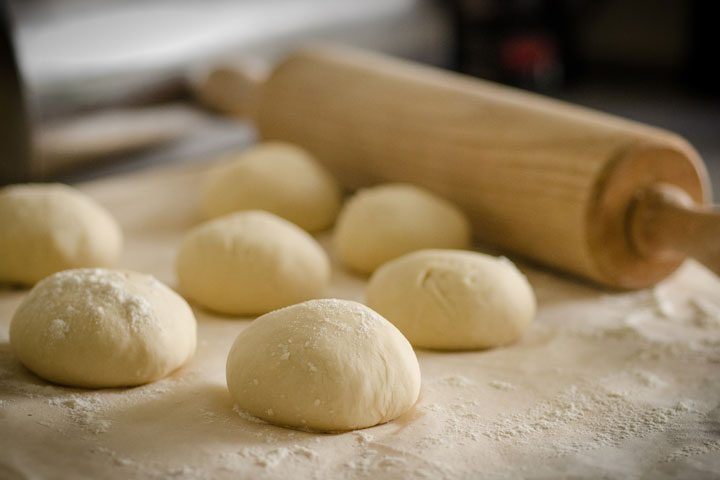
Self-rising flour
(use in place of regular flour and baking soda)
Self-rising flour is just regular flour with baking powder mixed in, which as you know by now already has baking soda in it.
Since it’s already got all of the base dry ingredients you need to create your leavening agent, you can usually eliminate both the baking soda and whatever acidic ingredient was supposed to react with the baking soda.
Of course, you have to consider if the acidic ingredient had another role in the recipe and if it did, find another way to fulfill that purpose.
This can mean a little bit of tinkering and creativity on your part, if you decide to use self-rising flour as your baking soda substitute.
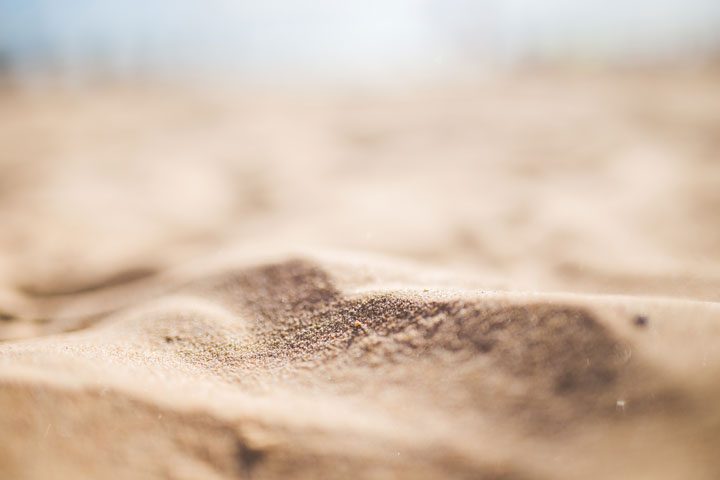
Yeast
(1 to 1 ratio)
Yeast and baking soda are extremely different, yet the results aren’t necessarily as drastically dissimilar as you’d think, depending on what you make.
As a substitute for baking soda, yeast works best when you are making a bread- or cake-like food item.
Here are the key differences you should anticipate:
- Yeast takes its sweet time to activate once it is added to your recipe mix, so allot some extra time to set your mixture aside.
- Batter leavened by yeast does not rise as evenly or as high as those that are leavened with baking soda or baking powder.
- The smell will differ, which is a bigger deal than you might think because 80% of what we taste is actually influenced by smell!
- Your final product will be denser.
Baking soda replacement by recipe type
Baking soda substitute for banana bread
One of banana bread’s defining characteristics is its fluffy, soft texture.
Baking soda has a huge role in making that happen, and baking powder makes for an excellent stand-in when you are out of baking soda.
In fact, here is a delicious recipe that shows you exactly how much baking powder to use. (via Baker Bettie)
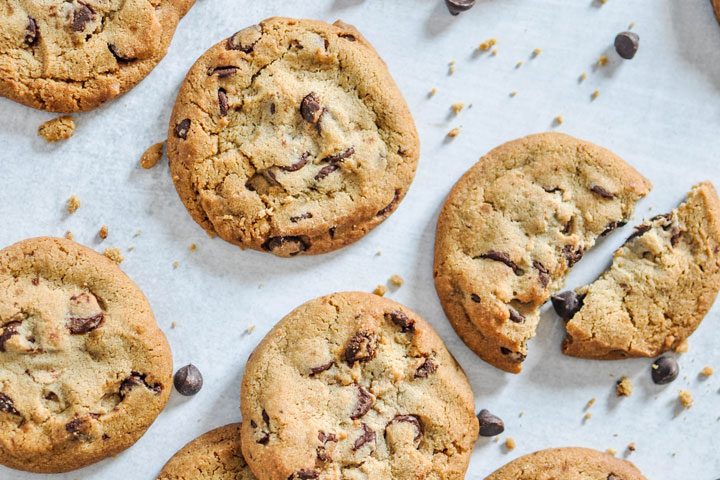
Baking soda substitute for cookies
Because there are so many kinds of cookies out there, using the substitute that is chemically closest to baking soda is the best bet.
When it comes to cookies, we recommend using potassium bicarbonate plus a little extra salt to recreate the chemical magic that baking soda contributes to cookie recipes.
Substitute for baking soda in pancakes
With pancakes, demand a little rise and a lot of chewiness.
The problem with subbing in baking powder is that you need so much of it to replace the baking soda, your pancake stack might end up tasting a little funny.
Yeast is actually a great substitute option for pancakes, and you can find step-by-step instructions for making a tasty yeast pancake batch here. (via Food Wanderings)
Conclusion
Being out of baking soda doesn’t mean you’re out of luck too! We’ve got the best substitutes for baking soda, including baking soda substitutes by recipe type.
Learn the difference between baking powder and baking soda, and find out which baking soda replacement is best for your needs.
Read More
More Kitchen Tips
See all kitchen tips and tricks →



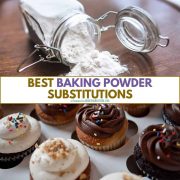
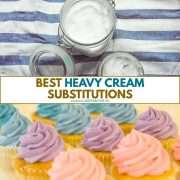
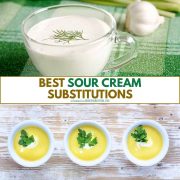
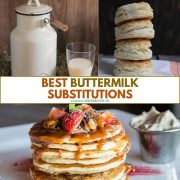
Leave a Reply